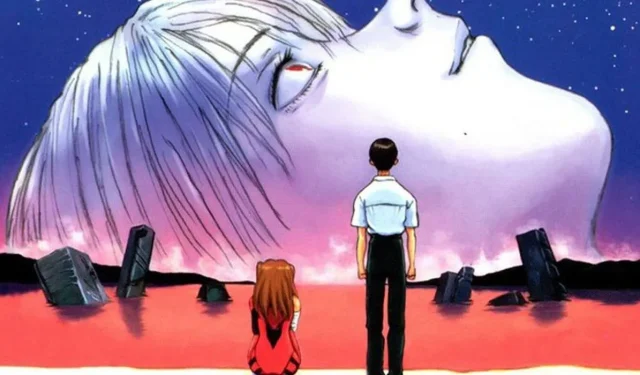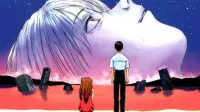Among the most polarizing conclusions in anime history, few can rival the final two episodes of Neon Genesis Evangelion. For nearly thirty years, this seminal series has captivated audiences, leaving many shocked by its tonal shift in the latter half, ultimately straying from the battles against Angels to delve into complex psychological territory. Since the original airing, the community has remained divided on whether the series’ conclusion serves as a fitting end or a frustrating enigma.
Some viewers argue that Evangelion’s exploration of psychological themes aligns seamlessly with the narrative established in its earlier episodes. In contrast, others feel let down by a conclusion that leaves numerous plot points dangling. The series faced intense backlash, leading to vandalism at Gainax’s studio and even death threats towards creator Hideaki Anno.
Amid this turmoil, a multitude of factors influenced the unexpected direction of the show’s original ending. Originally, Anno envisioned a feature-length film to conclusively wrap up the series. Ultimately, this pressure and the backlash catalyzed the creation of one of the most celebrated films in anime history: The End of Evangelion, released in 1997.
The Production Issues Behind Evangelion’s Original Ending
How External Forces Shaped Evangelion’s Unexpected Conclusion
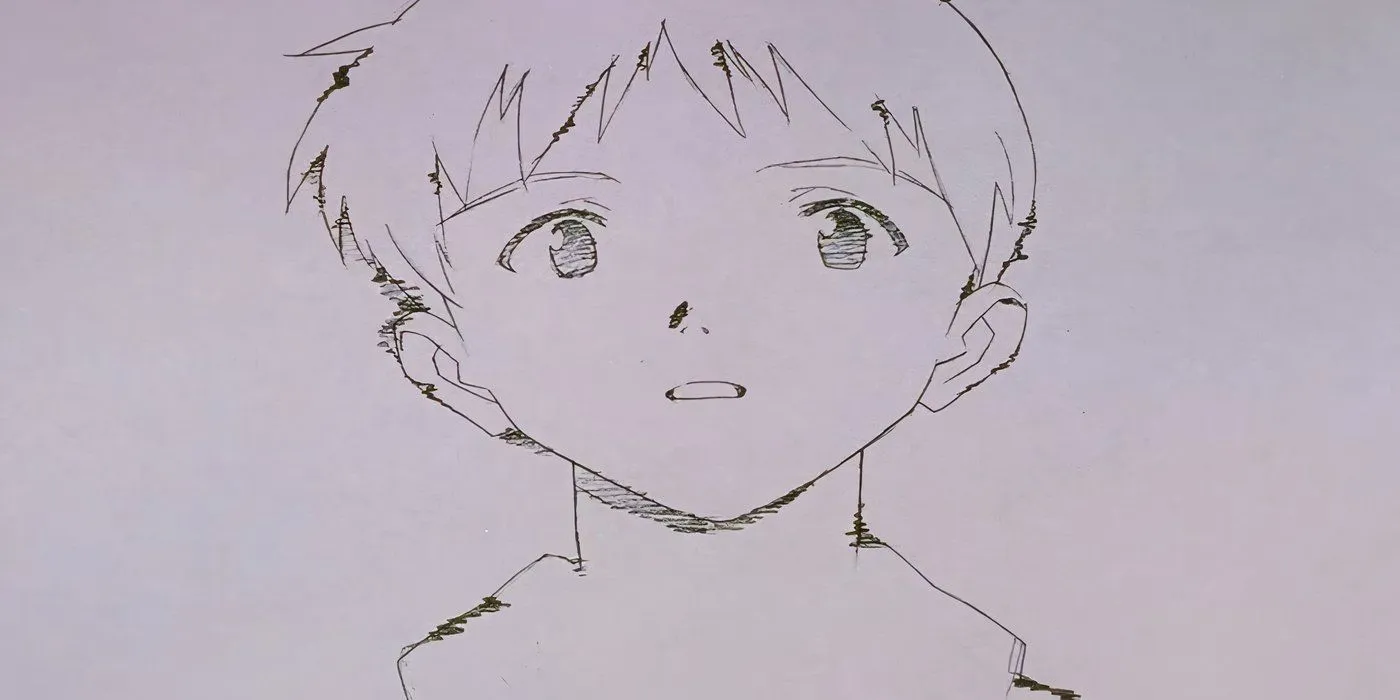
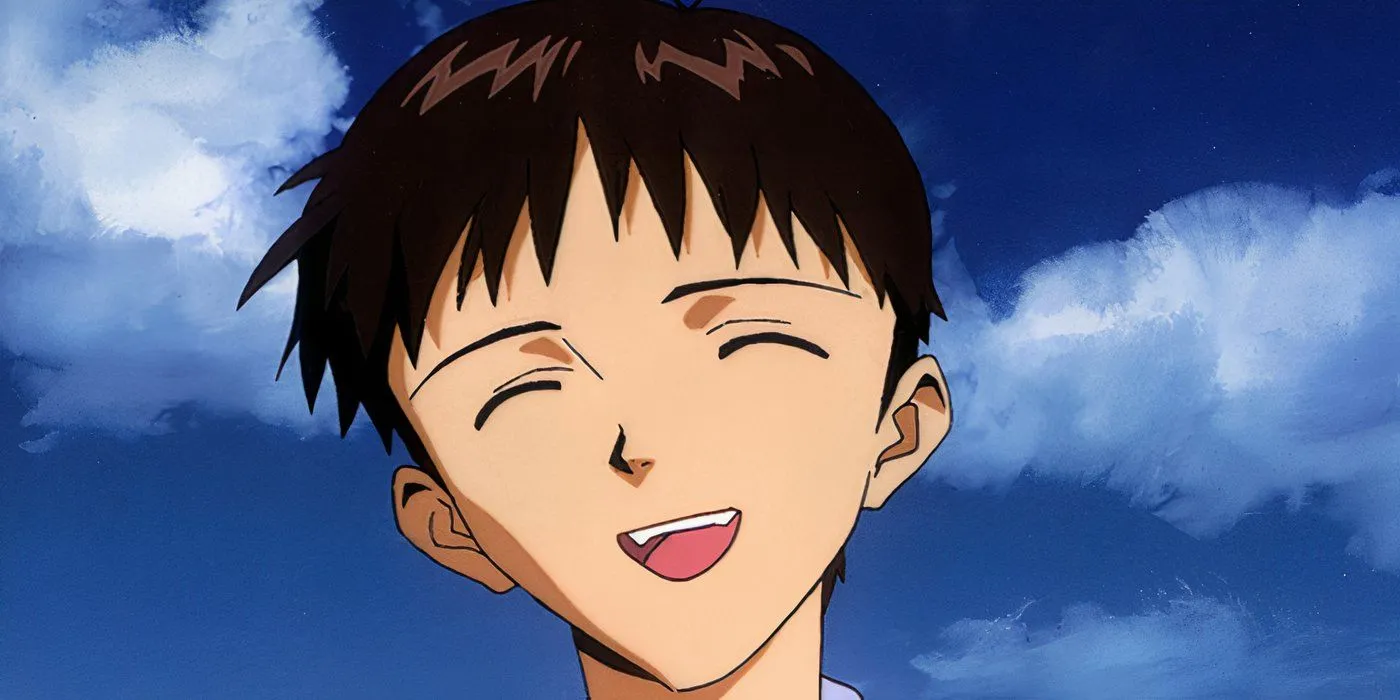
The production of Neon Genesis Evangelion was nothing short of miraculous. The real-world events, particularly the 1995 Tokyo Subway Sarin Attack, profoundly influenced the narrative Anno originally crafted. When the series began airing in 1995, only the initial two episodes were completed, and Anno lacked a solid storyline framework. By episode 13, titled “Lilliputian Hitcher,”the majority of the initial outline was discarded, forcing the team to operate on a week-to-week schedule.
Despite facing relentless deadlines, the series managed to coherently connect its last two episodes; however, the rushed production ultimately took its toll on Anno. In a 1996 Newtype Magazine interview, Anno remarked that he could only complete the script for episode 25 and had to abandon plans for episode 26 at an early stage. While he intended to revamp those final episodes for the DVD release, that plan never materialized. Instead, The End of Evangelion was released a year later.
The Lasting Impact of The End of Evangelion
An Analysis of Evangelion’s Cinematic Finale


Elements of Anno’s initial vision for the conclusion linger in Evangelion’s episode 25, “Do you love me?”. Notable scenes, including Ritsuko and Misato’s posthumous moments and Unit-02 drifting in water, feature prominently in the first half of The End of Evangelion. This acclaimed film serves as a reimagining of episodes 25 and 26, as Anno stated.
The first half of this cinematic piece, titled “Air,”offers an exhilarating, emotionally charged narrative from an external viewpoint, showcasing the anticipated mecha action that fans had long awaited. With a haunting portrayal of apocalyptic themes, the segment concludes with Shinji’s iconic scream, leading into the credits. The second half diverges from the original while maintaining the introspective storytelling style that fans have come to expect.
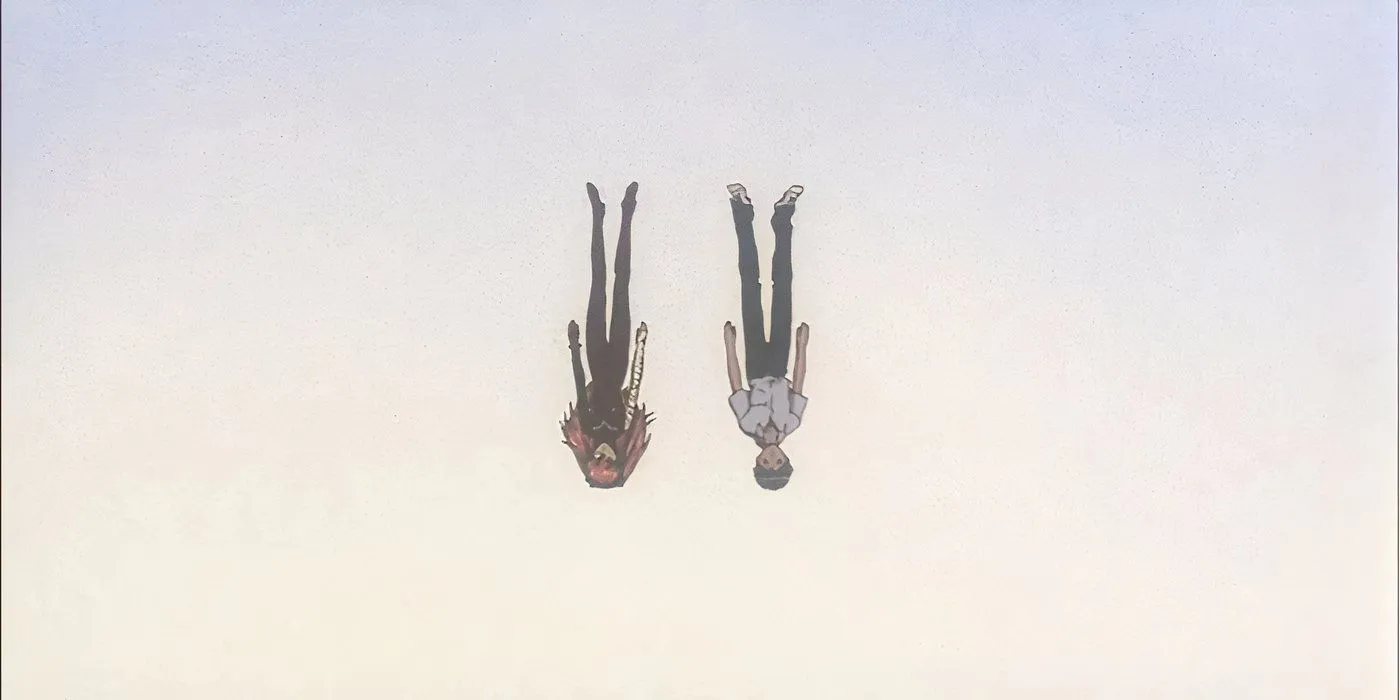
The End of Evangelion encompasses themes of death, rebirth, extraordinary action sequences, and a profound exploration of both external and internal resolutions, offering a more satisfying conclusion to the series than many could have imagined. Furthermore, Anno’s dissatisfaction with the series’ initial reception is palpable throughout the film.
Backlash and Its Influence on The End of Evangelion
A Reflection of the Creator’s Discontent in the Film
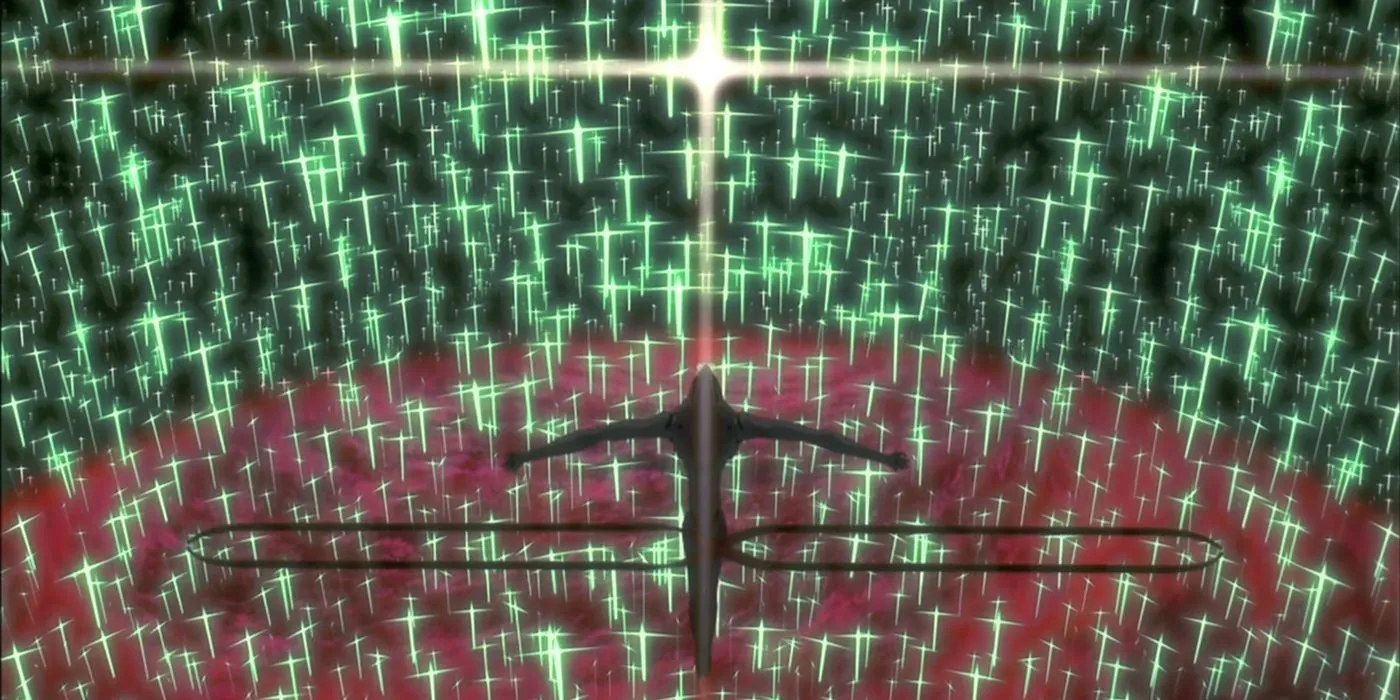
While The End of Evangelion acts as a reimagining of the series’ concluding episodes, Hideaki Anno skillfully embeds critiques aimed at the show’s audience. Dialogues between Shinji and Rei about dreams and reality mirror critiques of fans who immerse themselves in fictional narratives rather than confronting reality.
During the instrumentality sequence in the film’s latter half, snippets of actual letters sent to Gainax—including death threats—flash onscreen just prior to the introduction of real-life footage. Following this, a scene showcasing theater-goers displays the text, “Does it feel good?”, suggesting that the question might be directed at the film’s audiences, especially post-Asuka’s death.
Understanding the Dual Endings of Evangelion
Exploring the Parallel Narratives of Evangelion’s Concluding Parts
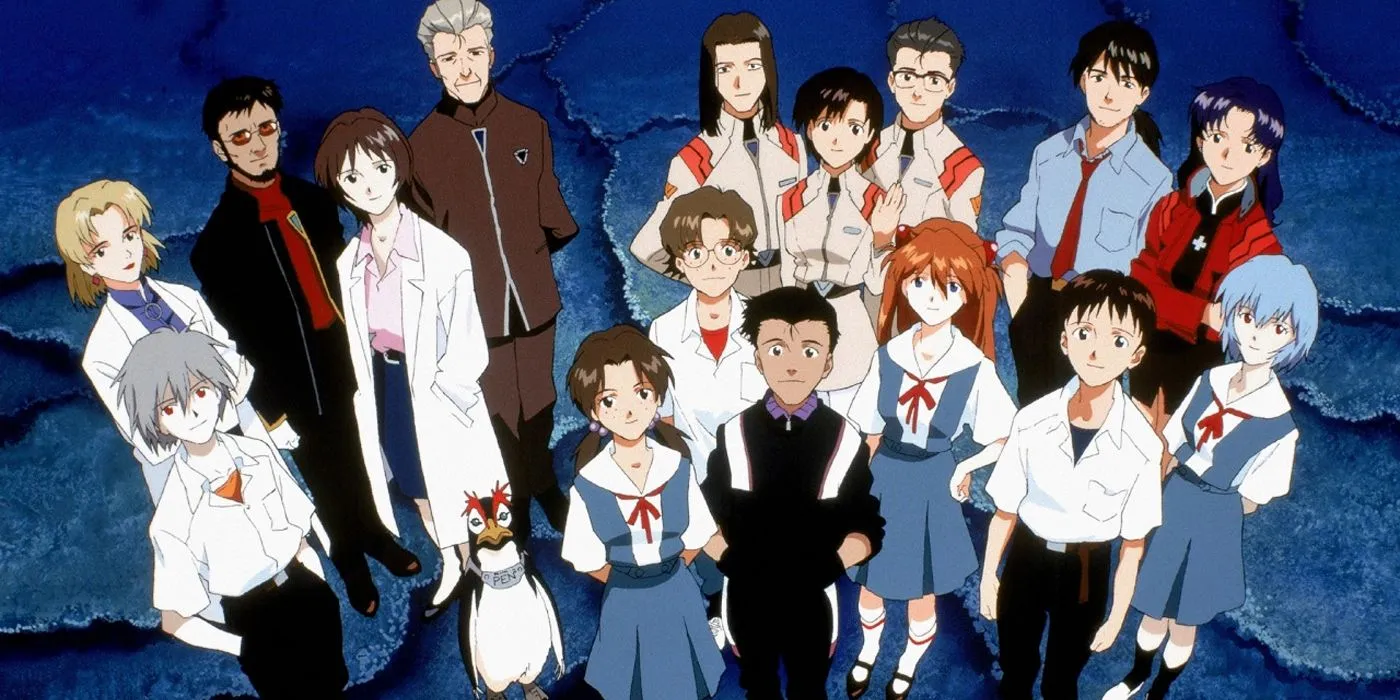
For years, the debate over Evangelion’s endings has sparked discussion across online platforms. Some viewers criticize the series’ final episodes, while others champion The End of Evangelion. Preferring one over the other arguably misses the core message. Both conclusions convey the same overarching narrative through different lenses, best appreciated when viewed in tandem. Although both endings share a sense of hope, they each embody unique tones—while the original conclusion leans towards lightness, the film adopts a more nihilistic perspective until its final moments.
Since the film’s debut, Evangelion has continued to evolve. Anno’s dissatisfaction with his original work led to the creation of the Rebuild films, which offer a similar yet alternate narrative within a different universe, aiming to conclude the Evangelion saga. However, these adaptations often get mired in excessive world-building and technical jargon, losing the essential emotion that characterized the anime’s initial conclusion, ultimately leading to the creation of one of the greatest films in anime history.
Source: Newtype Magazine 1996 Interview (translation via Gwern.net)
